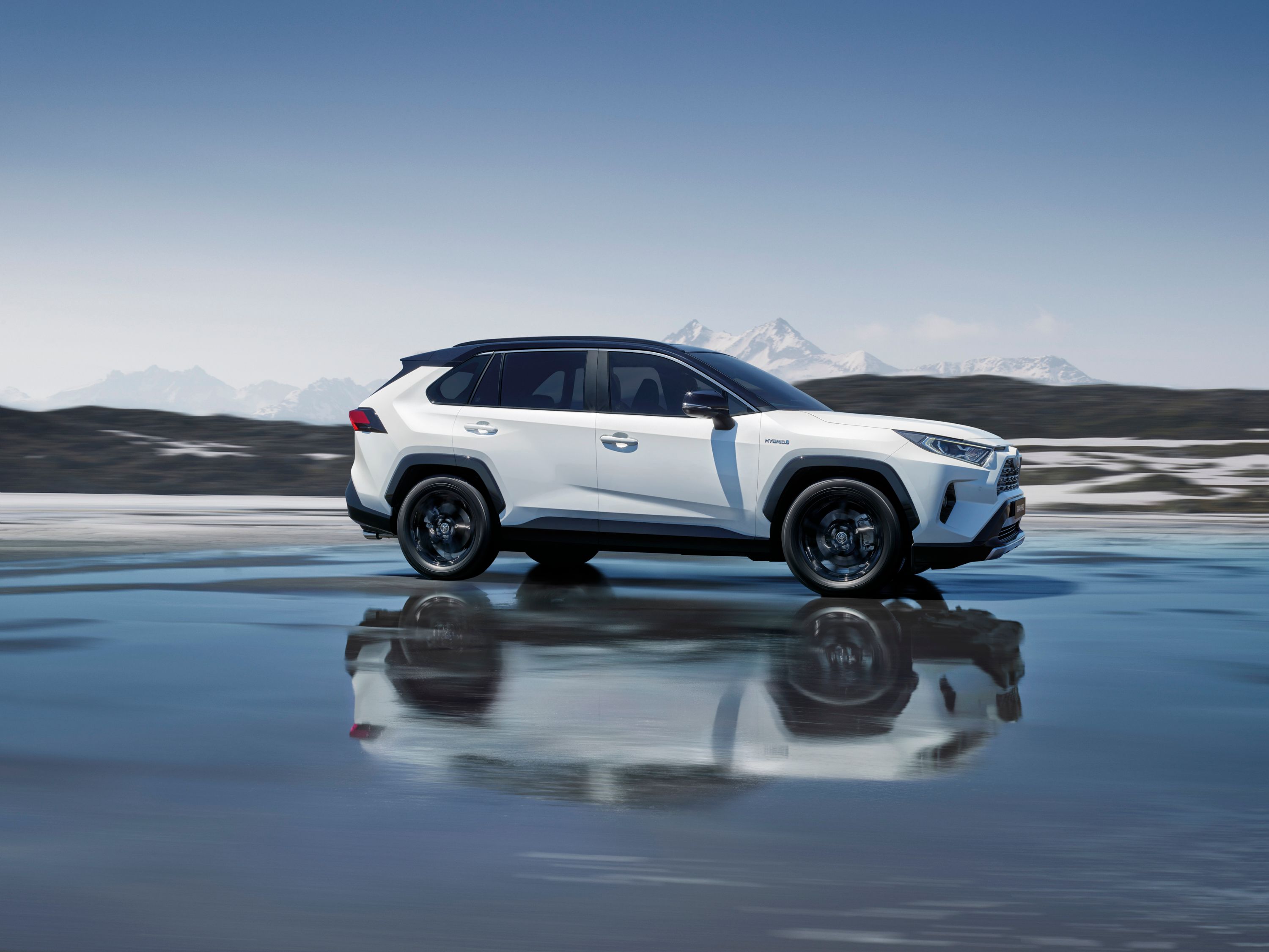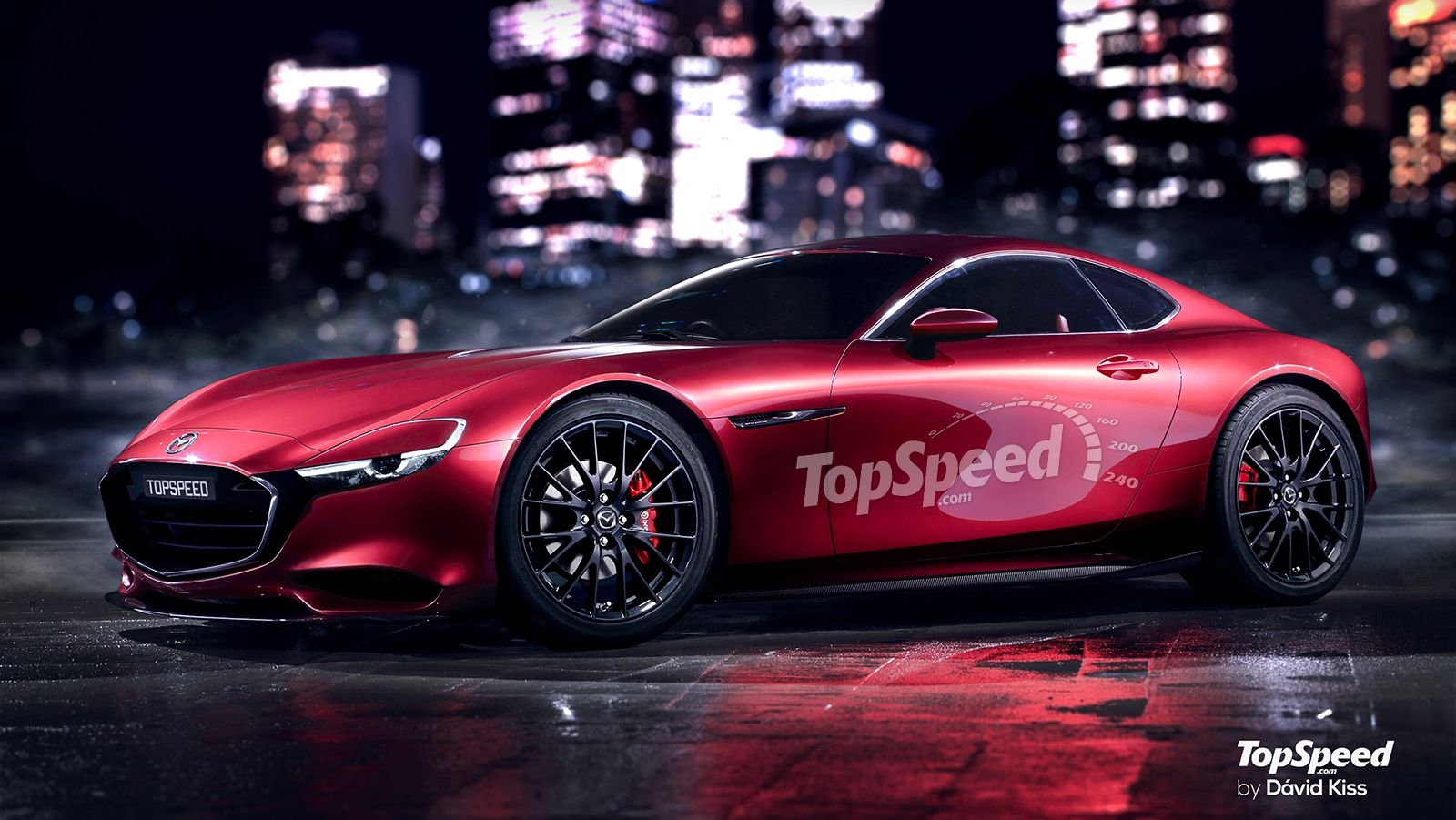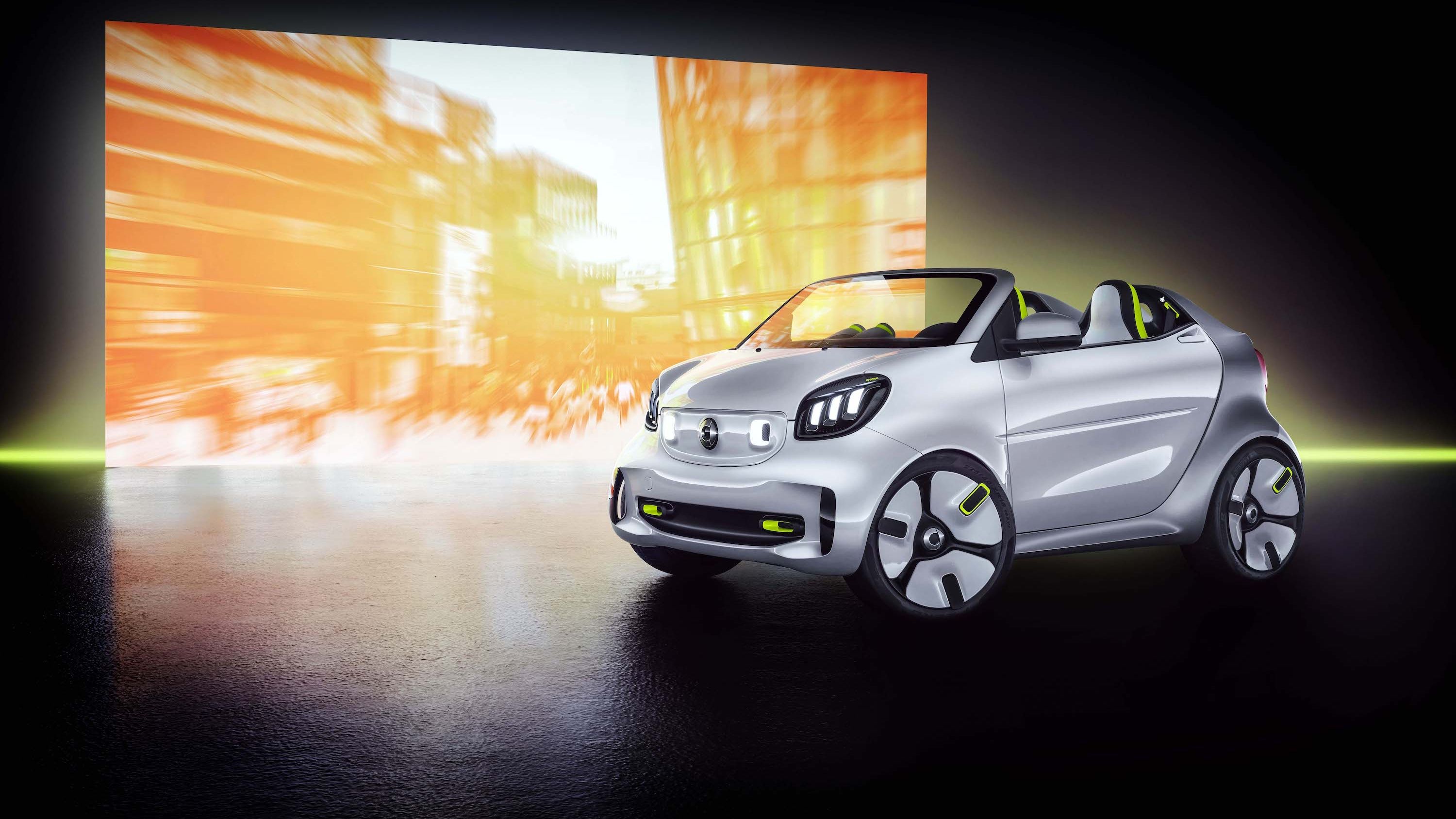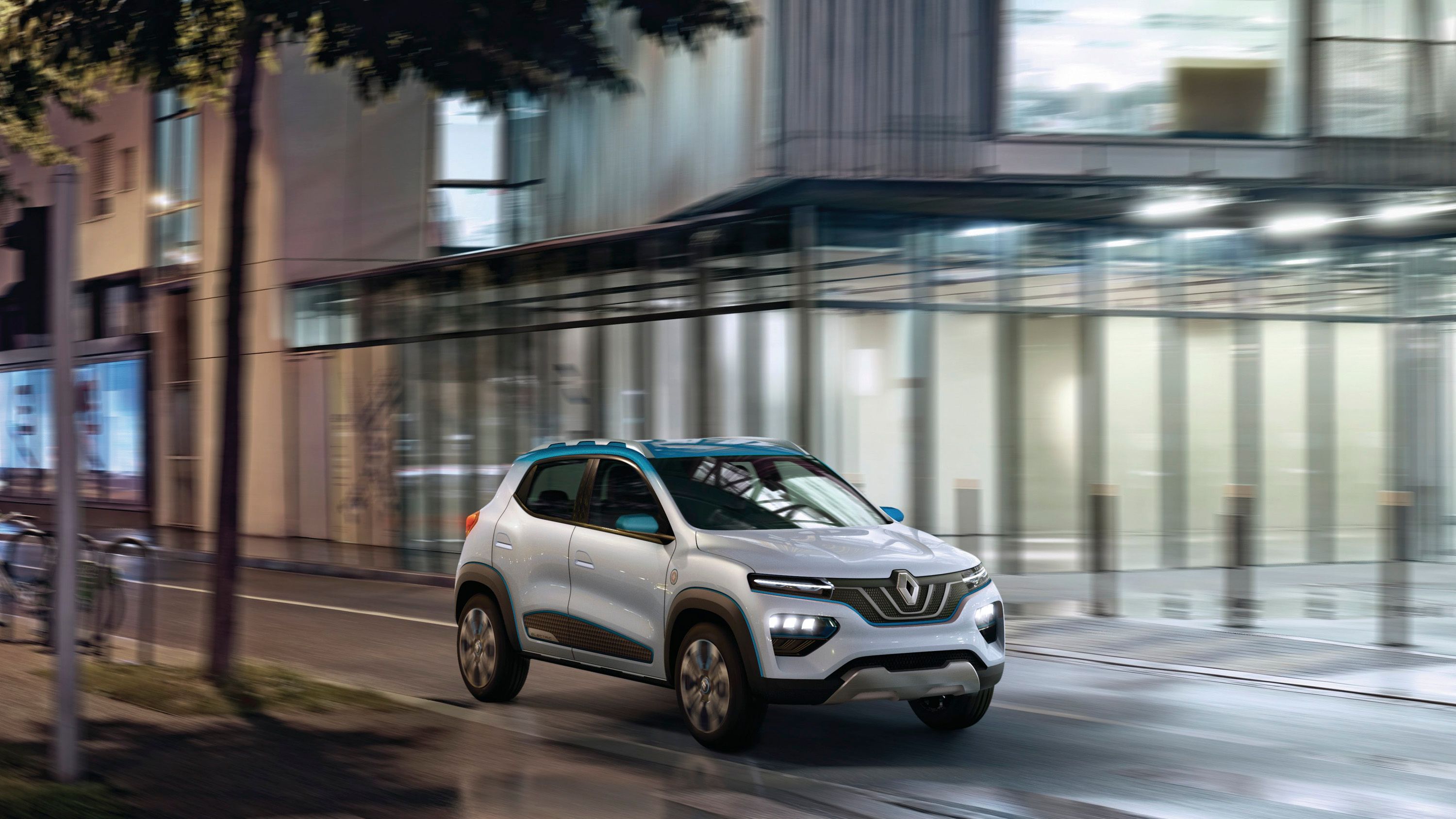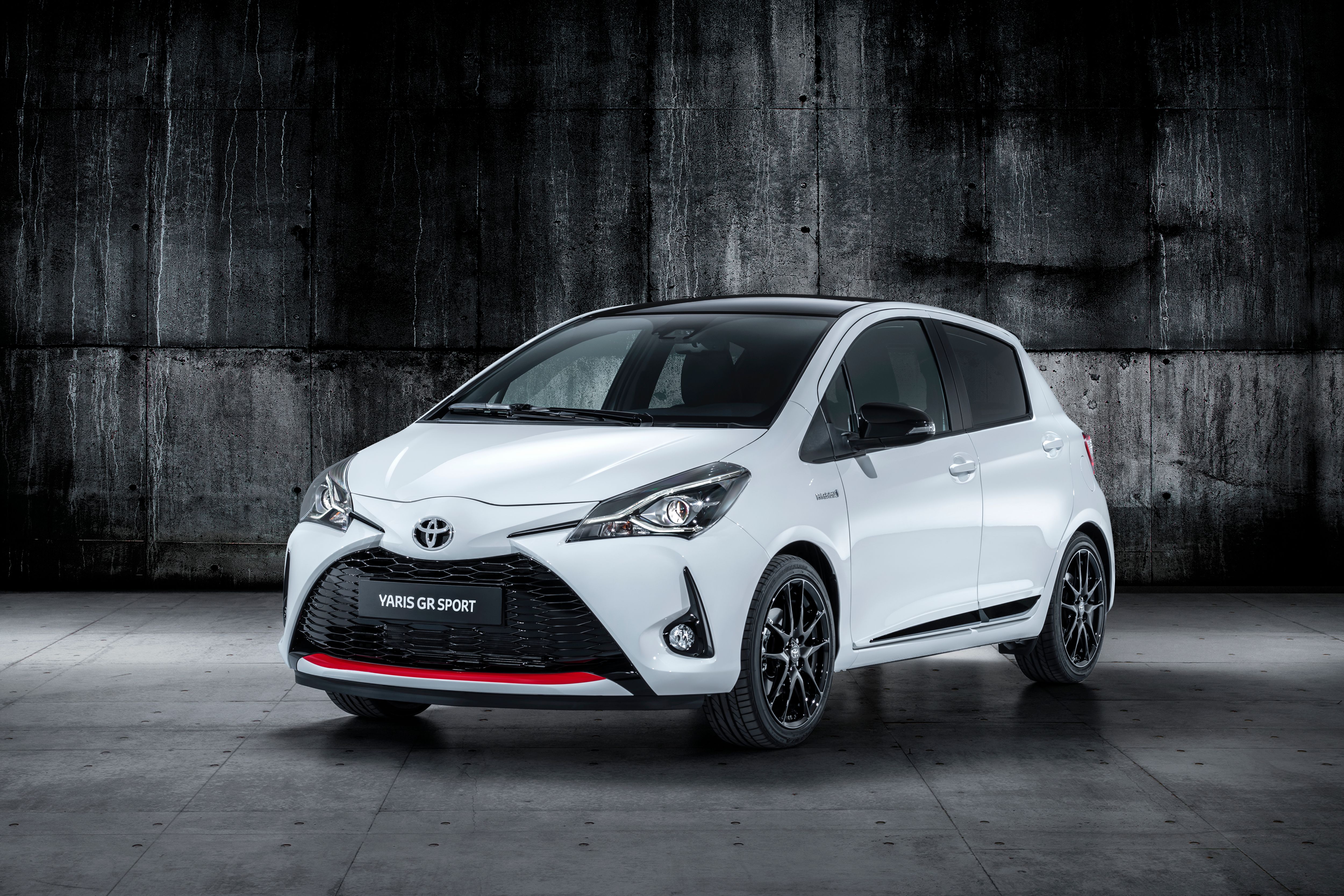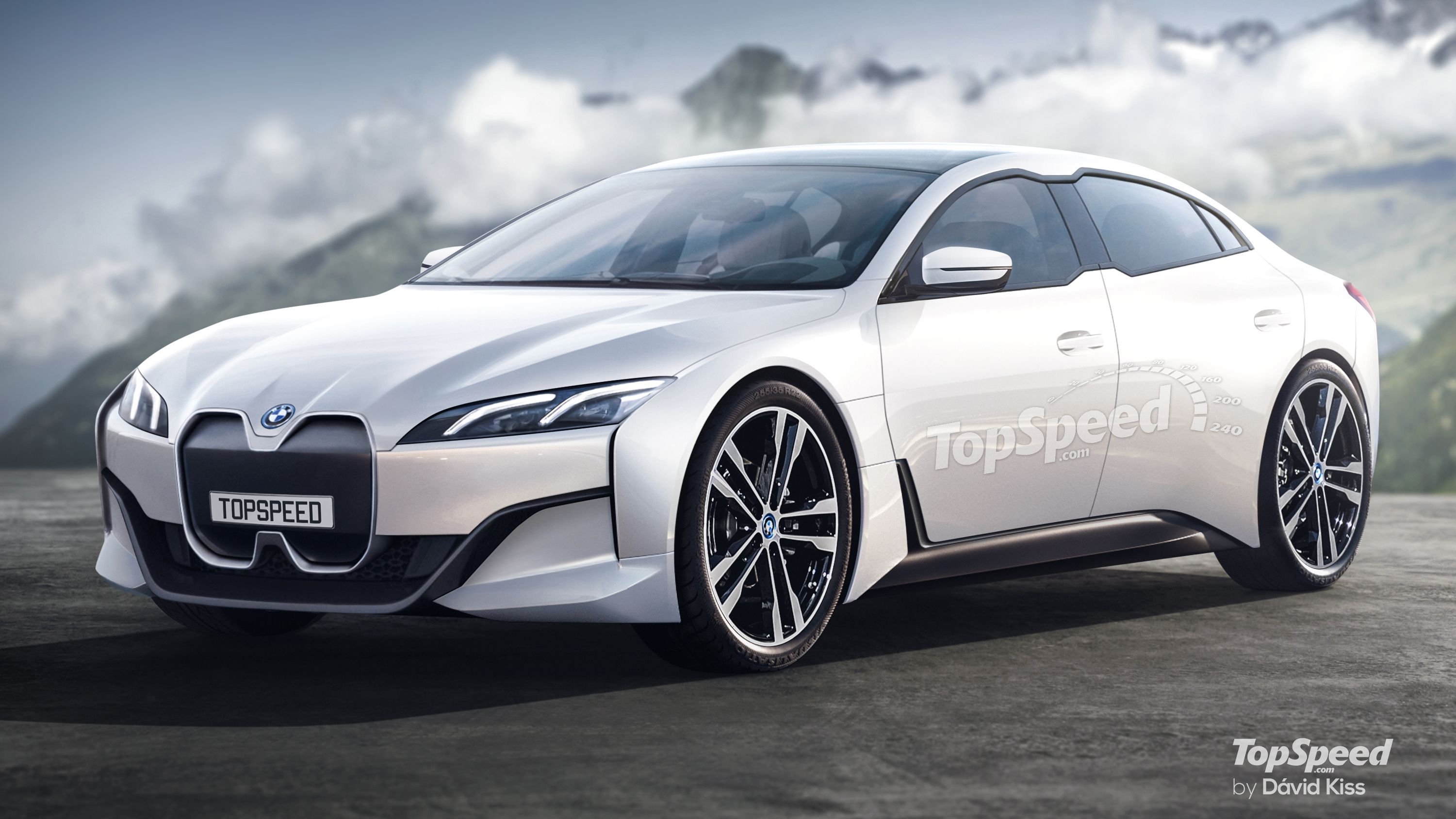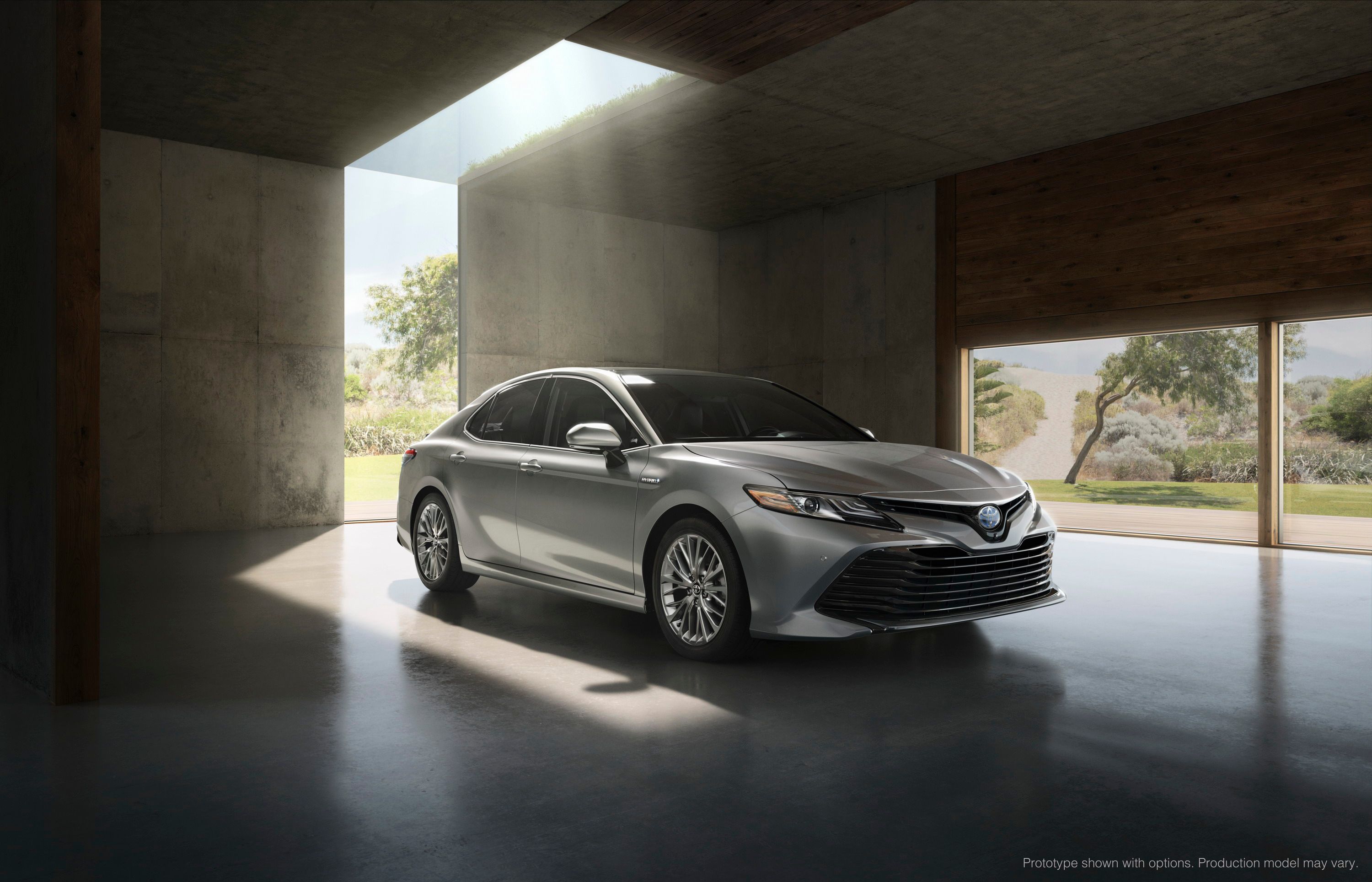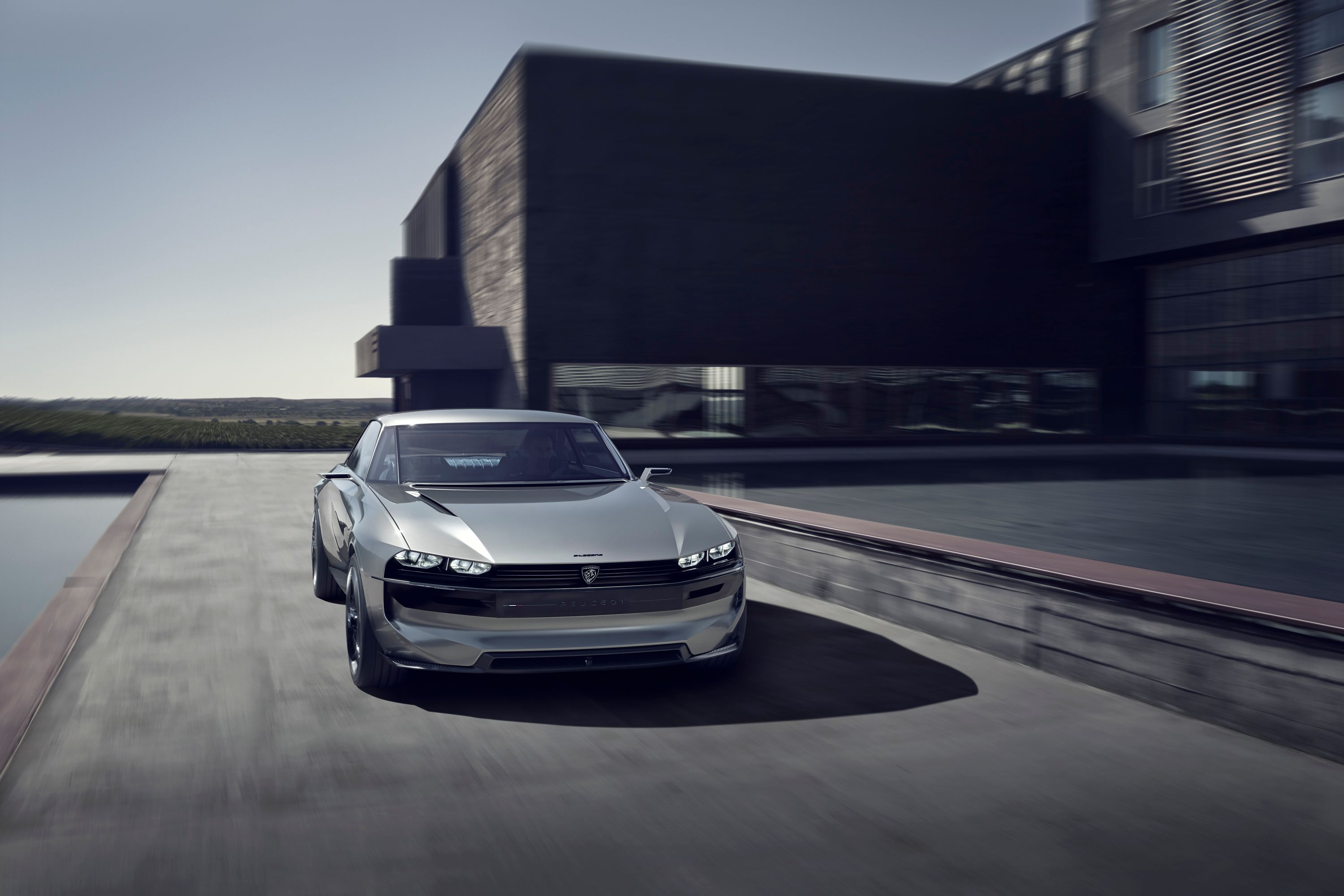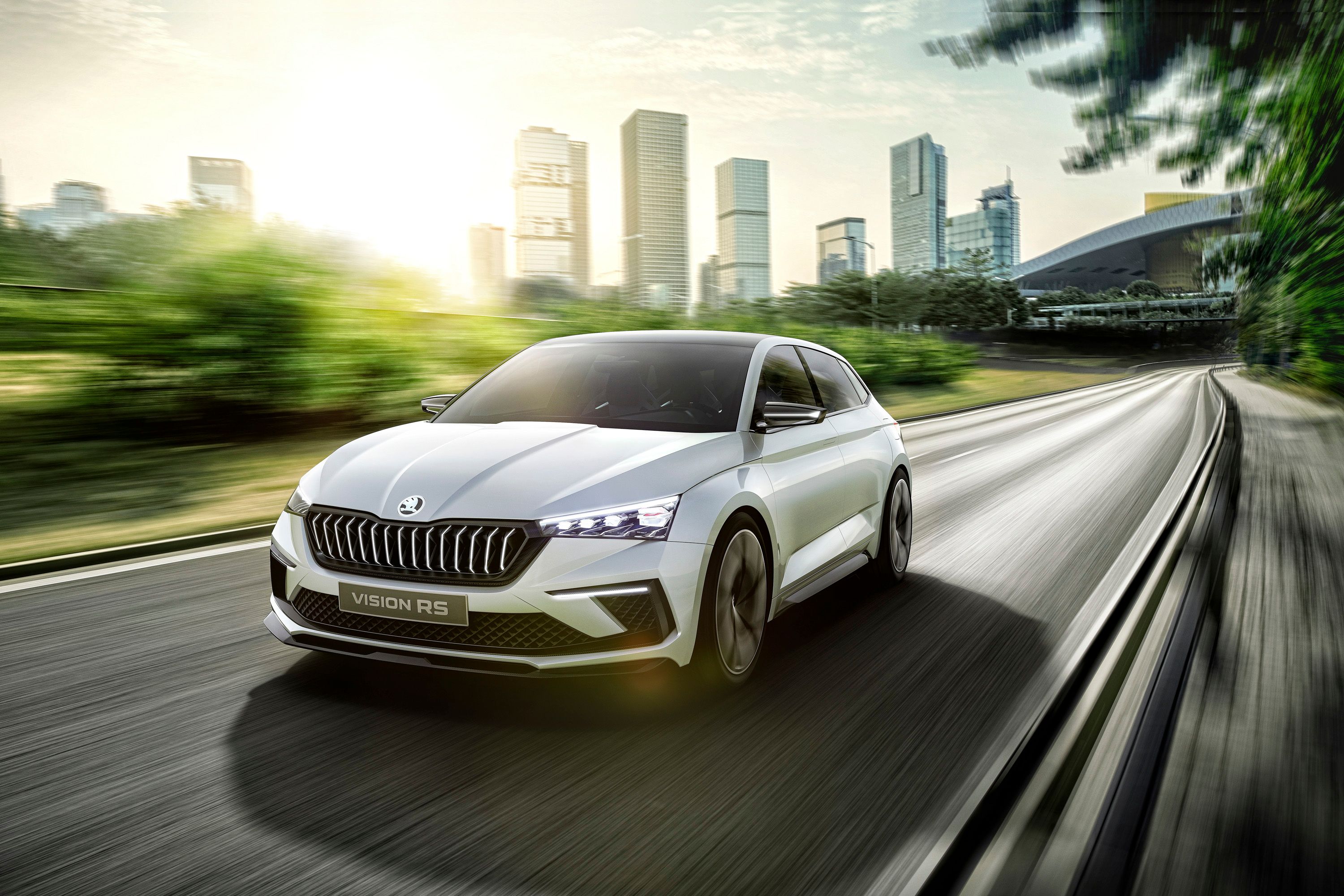Hybrids and EVs were a rare breed a couple of decades ago and finding them at major auto shows was a difficult mission. But things have changed as all major automakers are making big efforts toward electrification and auto shows are packed with eco-friendly vehicles. The 2018 Paris Motor is solid proof of that, with more than ten hybrids and EVs on display.
Granted, many of them are still in concept form, but the majority of these show cars will make it into production in a couple of years, while others will inspire future products. Let's take a closer look at the most important hybrids and EVs from this year's Paris Motor Show.
Continue reading for the full story.
Toyota RAV4 Hybrid
The fifth-generation Toyota RAV4 went into production just a few months ago. The Japanese firm didn't waste any time and introduced a hybrid version at the Paris Motor Show. Virtually identical to the standard model, the crossover looks better than ever. It's more angular cues give it a sportier look, while the front and rear fascia feel a bit more imposing.
More importantly, there's a new hybrid system to talk about.
Check our more news on the 2019 Toyota RAV4 Hybrid.
Mazda rotary engine range extender
This isn't exactly a car, but a technology that we will find in future vehicles. The good news is that Mazda confirmed there will be a new rotary engine.
There isn't much info to run by, but it's a new concept for production cars. Sure, it's a bit disappointing that we won't get a rotary-powered successor to the RX-7, but at least Mazda is still thinking out of the box. According to the firm, "the rotary engine’s small size and high power output make multiple electrification technology solutions possible via a shared packaging layout." The car in question will likely compete against the Renault ZOE in the city car segment.
Check out more news on the Mazda rotary engine range extender
Mercedes-Benz EQC
The EQC was unveiled before the Paris Motor Show, but it came to France to showcase its unique exterior and EV drivetrain. About the same size as the GLC, the EQC stands out thanks to its bespoke front fascia and wheels.
Specifically, the front motor was optimized to drive the SUV with the best possible efficiency in the low to medium load range, while the rear motor kicks in when you floor the pedal for spirited driving. Powered by a new-generation Lithium-ion battery made from 384 cells, the motors generate 402 horsepower and up to 564 pound-feet of torque together. Located deep into the floor to help save room inside the cabin, the battery has a modular design with two modules with 48 cells each and four clusters with 72 cells each. The EQC brings Mercedes into a new era that will see many more EVs hit the market into the future.
Read our full review on the 2019 Mercedes-Benz EQC.
Smart Forease Concept
Smart may be a small company with just a handful of models, but it's been playing in the electric car market since 2007, when it began testing the Fortwo EV. More than 10 years later and it's still selling electric cars, like the EQ Fortwo, and developing new ones. The Forease is the company's latest effort in the field. Although only a concept car for now, it proves that EVs don't need to be big in order to be cool.
Read our full review on the 2018 Smart Forease Concept.
Renault K-ZE Concept
Having already announced plug-in version of the popular Clio, Megane, and Captur, Renault also began working on expanding its small lineup of electric vehicles. The K-ZE Concept previews its first crossover EV.
Renault didn't have much to say about its electric motor and battery, but mentioned that the drivetrain provides a 155-mile range on a single charge. However, this figure is based on the old NEDC testing framework and not the new WLTP guidelines. The all-electric SUV will go on sale in China in 2019, with European deliveries likely to follow in 2020.
Read our full review on the 2018 Renault K-ZE Concept
Toyota Yaris GR Sport
While it's name suggests a different version of the performance-oriented Yaris GRMN, the GR Sport is actually a regular hybrid with some unique features and chassis tweaks. The first GR Sport model launched in Europe, this Yaris features the same hybrid drivetrain as the standard hatchback, which pairs a 1.5-liter four-cylinder engine and an electric motor. The combo develops 99 horsepower, versus the GRMN's 209-horsepower rating.
Check out more news on the 2019 Toyota Yaris GR Sport
BMW i4
Unlike other cars in this list, the i4 wasn't revealed at the 2018 Paris Motor Show. That's because the i4 doesn't exist yet.
We know this because the i4 was actually previewed by the i Vision Dynamic Concept at the 2017 Frankfurt Motor Show. The sleek concept runs from standstill to 62 mph in four seconds and up to a top speed of at least 120 mph. BMW says the concept has a range of up to 373 miles on a single charge. We already made a rendering of what the i4 might look like so make sure you check out our speculative review.
Read our full speculative review on the BMW i4
Toyota Camry Hybrid
One of the most popular sedans in North America, the Toyota Camry has been missing from European dealerships for more than a decade now. This will change in 2019, when Toyota will bring it to Western Europe to replace the Avensis.
Under the hood, a 2.5-liter four-cylinder engine and an electric motor team up to offer solid fuel efficiency, low emissions, and quiet operation. Total output comes in at 215 horsepower and 163 pound-feet. It's not exactly sporty in this setup, as it needs 8.3 seconds to hit 62 mph and tops out at 112 mph, but it's one of the most fuel-efficient vehicles in its class. Specifically, it needs only 4.2 liters of gas to run for 100 km on average. Needless to say, it's great to see the Camry return to Europe after 14 years.
Read our full review on the 2018 Toyota Camry.
Citroen C5 Aircross Hybrid Concept
The C5 Aircross isn't exactly a new vehicle. It was introduced in 2017 and it's being built in China, in the same factory as the Peugeot 4008 and 5008. However, the hybrid version showcased in Paris is as new as they get. Although it's just a concept for now, it looks ready to go into production as is.
Check out more news on the Citroen C5 Aircross Hybrid Concept
Peugeot E-Legend Concept
The E-Legend is one of the most spectacular concept cars shown in Paris.
The interior is pretty spectacular too, mostly because it includes no fewer than 16 screens. There are 29-inch displays in the door panels and 12-inch screens in the sunshades. Peugeot says the fully electric drivetrain generates 456 horsepower to all four wheels. The 0 to 62 mph sprint takes less than four seconds. More impressively, Peugeot claims a range of 370 miles and fast charging that will let you top up more than 80 percent of the battery in only 25 minutes. Let's hope these spectacular claims will go into production.
Read our full review on the 2018 Peugeot E-Legend Concept
Citroen DS3 Crossback
The DS3 Crossback broke cover back in September and came to Paris to show off to a wider audience. Sporting a daring, fancy design specific to the luxury brand owned by PSA, the Crossback takes the DS3 hatchback to a new level by adding new styling cues, bigger wheels, and a taller ride height. The big news is the E-Tense version, which is identical to the gasoline and diesel Crossback inside and out, but with an electric drivetrain under the skin.
Read our full review on the 2019 Citroen DS3 Crossback
Renault EZ-Ultimo
By far the most futuristic concept displayed in Paris, the EZ-Ultima isn't your regular daily driver.
There's not much info about the drivetrain, but the EZ-Ultimo has an electric motor and Level 4 autonomy, which means it can by itself without any input from a driver. It has active suspension and four-wheel steering. Will it go into production? Not very soon, but expect to find something similar on the road when fully autonomous cars become the norm. That's probably at least a decade away, though.
Check out more news on the Renault EZ-Ultimo
Skoda Vision RS
The Czech firm paired a 1.5-liter gasoline engine rated at 150 PS (148 horsepower) and a 75-kW electric motor. Total output is rated at 245 PS (242 horsepower). Skoda says the Vision RS needs 7.1 seconds to hit 62 mph on its way to a top speed of 210 km/h (130 mph). Powered by a 13-kWh battery, it can run on electricity only for up to 70 km (around 44 miles). The battery can be charged in only two and a half hours. We definitely need a production version of this car.
Read our full review on the 2018 Skoda Vision RS

